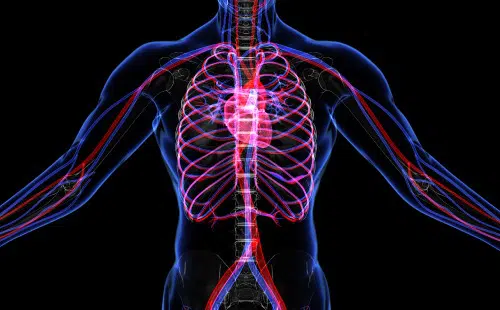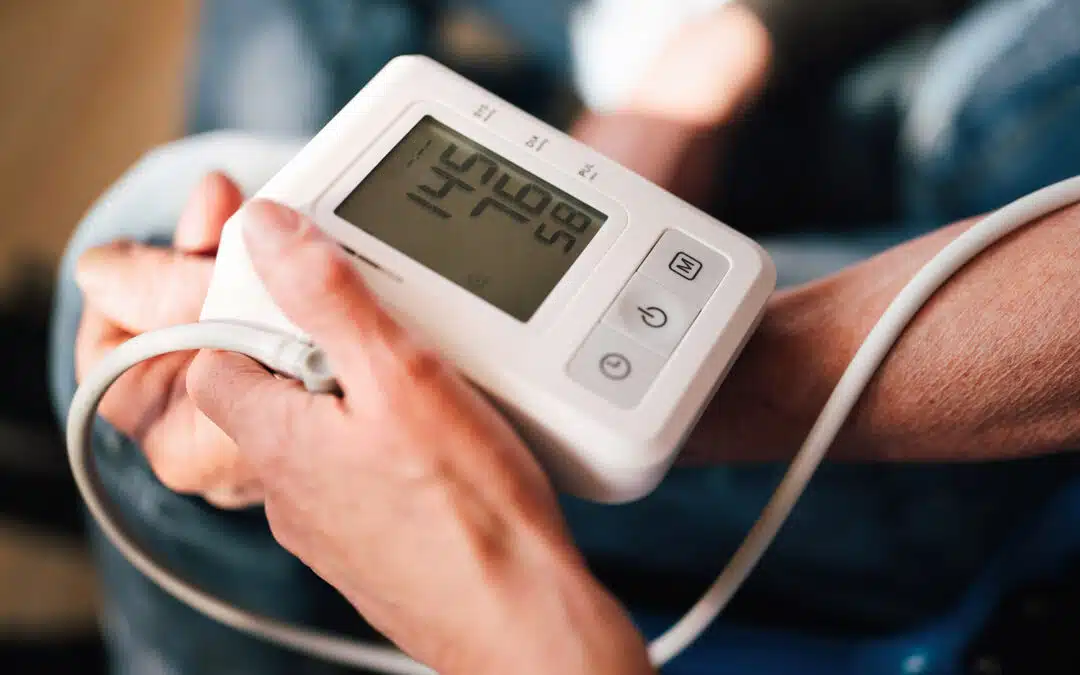Finding new ways to help continue the circulation in your blood can have a number of positive effects. Everything you do from eating, drinking, exercising, and more, changes the way your body moves blood throughout the rest of your body. Learning to adapt using some natural circulation boosters can help you make the change you need to improve circulation throughout the body.
Here are some natural circulation boosters to help improve your overall health that can be adapted into your day-to-day routine.
How does it work?
Your circulatory system, or the way your body circulates blood, is part of the cardiovascular system, which involves some essential organs being the heart and lungs. Along its circulatory route, oxygen and nutrients are carried to the cells, while carbon dioxide and other waste is picked up. Oxygenated blood is carried from the left ventricle, through arteries and capillaries, and into the right atrium of the heart through veins as newly transformed deoxygenated blood. The oxygenated blood moves to the rest of your body and gives your other organs necessary oxygen and nutrients.
Those who suffer from poor circulation usually have symptoms including:
- Tingling or numbness in the toes and feet
- Cold hands and feet
- Lack of energy
- Swelling in the legs
- Increased chance of having high blood pressure and cholesterol
- Varicose veins
- Increased chance of having issues with kidneys and liver
Why do I need to?
One fundamental way to start improving your circulatory system can include being honest with yourself and making a list of things you typically do, eat, and drink in a day. If you see any red flags—such as overuse of caffeine or unhealthy eating habits—you can use that time to highlight them and document how you plan on changing them in the future. Your overall list may look intimidating at first but believe in yourself and start with smaller improvements before building up to the larger challenges.
Fuel in food
Use food to give your body energy and improve circulation. Overloading on sugar, salt, and carbs can make you feel even more tired and drained throughout the day. Food allergies can also decrease the amount of productivity you wish to accomplish on a daily basis. Stay away from deep fried or overly processed foods, and opt for whole wheat, leafy greens, and lean proteins to sustain you.
Foods that fall within this range usually include brown rice, chia seeds, quinoa, fish, spinach, kale, and chicken to start. Fruits like strawberries, apples, and oranges can be okay but they can also contain sugar so it is always best to enjoy fruits in moderation.
You can further assist your diet by taking supplements like Vitamin C, Vitamin E, Vitamin B6 and B12, and magnesium.
Drink the right things more often
Hydrate with water! For the average person, this usually means you need about 2 liters of water a day. While drinking water seems like a simple solution, you should also reduce things that don’t do the best things for your body. This includes making one trip less to the coffee shop and using tea every once in a while if you happen to be someone who simply can’t live without a little boost at the start of your day.
Green tea for example, is a good way to hydrate your body and get some caffeine in without overdoing it.
Next, reducing alcohol intake can produce the better blood circulation benefits you are looking for. According to the American Heart Association, alcohol can increase risk of high blood pressure, stroke, and obesity. Each of these ailments weaken the heart and make it more difficult to stay on the right track down the road. By limiting the amount of alcohol you take in, you can improve your overall quality of life as well as the circulation within your body.
Movement matters
Sometimes, poor circulation can even alter how you work out and how well you work out. Some common symptoms that might affect your exercise routines include fatigue, vertigo, headaches, muscle cramps or pain, and trouble catching your breath. This can make it seem like you simply aren’t able to handle a good workout but it could be far from the truth. By making other adjustments to improve blood flow, finding the right workout for you can also make a huge difference in your overall health. Try some of these exercises to improve circulation.
1. Yoga
Yoga is a great way to slowly stretch and move muscles in the body. Slow movements make this exercise ideal for those of any age, while also providing the ability to adjust to specific levels of fitness. By starting and ending with deep breaths, and holding certain positions using core muscles, you can create a strong foundation for your body and improve blood flow.
2. Walking
Walking is a fairly low impact way of getting up and moving, and can have some great benefits to your heart health as well. For someone who struggles to workout, even 5-10 minutes around the block a day can help significantly. Wear shoes that support your body to the best of its ability, and make it an enjoyable experience by popping in some headphones and listening to your favorite song.
3. Light cardio
Light cardio includes exercises like jumping rope or jogging for a small period of time. Again, wearing shoes that support you is important here, as you do not want to put any extra strain and stress on your back.
Treatments to help
Although getting a massage may seem indulgent, it can truly have some great health benefits. By combining a small amount of essential oil, and a masseuse who is experienced in their craft, you get an experience that is both pampering and beneficial. Find a masseuse and massage salon that can customize their services to your specific needs. They can then work to knead out tired muscles and boost circulation throughout the body from your skull all the way down to your toes. By using slow, careful motions, your massage therapist can focus on areas that bother you the most.






